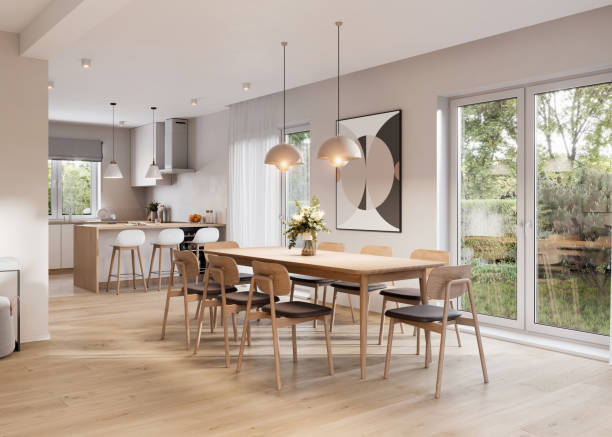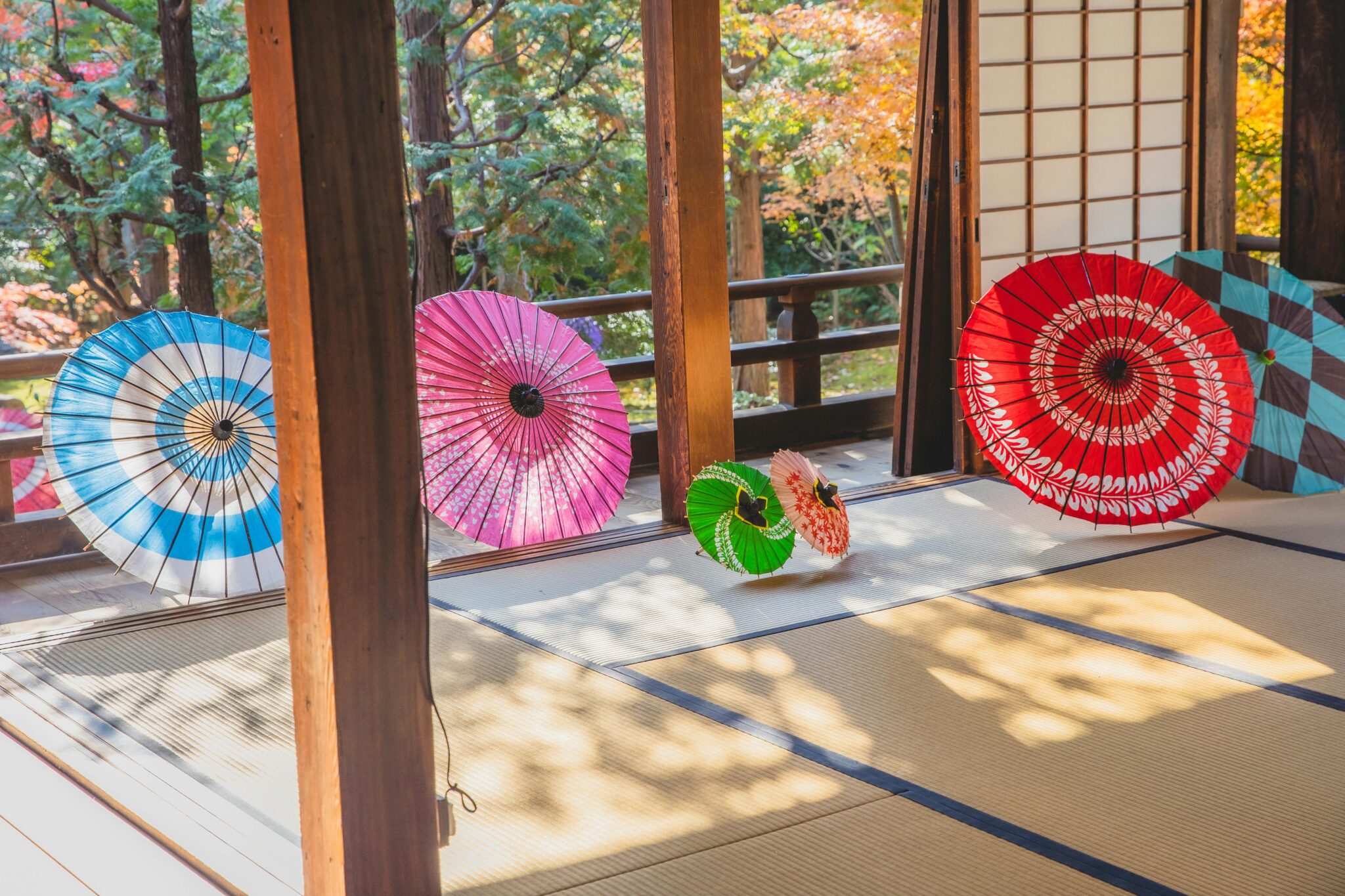Lighting often takes a backseat when designing a space, but it plays a central role in shaping how we feel, work, and interact with our environment. Whether it’s a cozy living room, a productive office, or a bustling restaurant, proper lighting influences the tone, mood, and functionality of a space. The right balance between natural and artificial light can transform a dull room into a vibrant and welcoming setting. Poorly planned lighting can leave even the most stylish interiors feeling flat, uninviting, or impractical. This article explores why proper lighting is so important and how it affects everything from mood and productivity to health and aesthetics.
Lighting and Mood Enhancement
Lighting has the power to transform the mood of any space, influencing how people feel and interact within it. Warm, soft lighting can create a sense of relaxation and intimacy, perfect for bedrooms or living rooms, while bright, cool lighting encourages energy and focus, ideal for kitchens or home offices. Choosing the right fixtures plays a key role in mood-setting, and versatile pendant lights for all interiors provide an excellent balance of function and style, making it easy to adapt lighting to different atmospheres. By layering light sources and adjusting brightness, you can design spaces that feel welcoming, calming, or invigorating whenever needed.
The Role of Lighting in Productivity
In work and study environments, lighting plays a crucial role in maintaining focus and efficiency. Insufficient lighting can cause eye strain, headaches, and fatigue, all of which reduce productivity. Well-designed lighting systems, like those that incorporate natural daylight or mimic its qualities, help improve concentration and performance. Studies have shown that employees working in well-lit offices report higher job satisfaction and fewer health complaints compared to those in poorly lit spaces. Task lighting, such as desk lamps or under-cabinet lights, is particularly important in areas where detail-oriented work is done, as it ensures precision while minimizing strain.
Lighting and Health Implications
Lighting goes beyond mere functionality; it directly affects human health and biological rhythms. Exposure to natural light during the day helps regulate circadian rhythms, which control sleep-wake cycles. When lighting is inadequate or poorly timed, such as exposure to harsh artificial light late at night, it can disrupt sleep, increase stress, and affect wellness. A thoughtful blend of natural and artificial light can help maintain energy levels during the day and promote restful sleep at night. Properly lit spaces reduce risks of accidents and injuries, particularly in high-traffic areas like staircases and hallways.
Lighting as a Design Element
Beyond its functional aspects, lighting serves as a powerful design tool that enhances the aesthetic appeal of a space. It highlights architectural features, showcases artwork, and adds depth and dimension to interiors. Accent lighting can draw attention to focal points such as a fireplace or a statement wall, while ambient lighting provides illumination that makes a room feel cohesive. Layering different types of lighting creates visual interest and flexibility, allowing spaces to adapt to different uses and moods. The right lighting can make colors appear more vibrant, textures more noticeable, and spaces more inviting, proving that it is just as vital as furniture and décor in shaping design.
Energy Efficiency and Sustainability
Modern lighting solutions play a critical role in energy efficiency and sustainability. Outdated lighting systems consume more power and require frequent replacements, leading to higher costs and environmental impact. By switching to energy-efficient options such as LED lights, households and businesses can significantly reduce energy consumption without sacrificing quality. Smart lighting systems further enhance efficiency by allowing users to control brightness, color, and timing through apps or sensors. This reduces waste and ensures lighting is used only when needed. As sustainability becomes an increasingly important consideration in design, lighting choices that balance efficiency with performance are critical.
The Social and Practical Dimension of Lighting
Lighting influences how people interact and experience a space socially. In restaurants and cafés, carefully curated lighting can encourage customers to stay longer and enjoy their meals, while in retail stores, it can highlight products and guide customer flow. In homes, dining areas benefit from warm lighting that fosters conversation, whereas brighter lighting in communal spaces like living rooms creates an atmosphere of openness and connection. Practicality is equally important: good lighting ensures safety in outdoor spaces, visibility in kitchens, and comfort in reading nooks.
Proper lighting is an important element that affects mood, productivity, health, design, and sustainability. A well-lit space brings out the best in people and environments, while poor lighting can compromise comfort, safety, and efficiency. By giving lighting the attention it deserves in planning and design, you can create spaces that are beautiful and functional and supportive of well-being. Whether at home, at work, or in public settings, the right lighting makes all the difference.
Published by HOLR Magazine.




